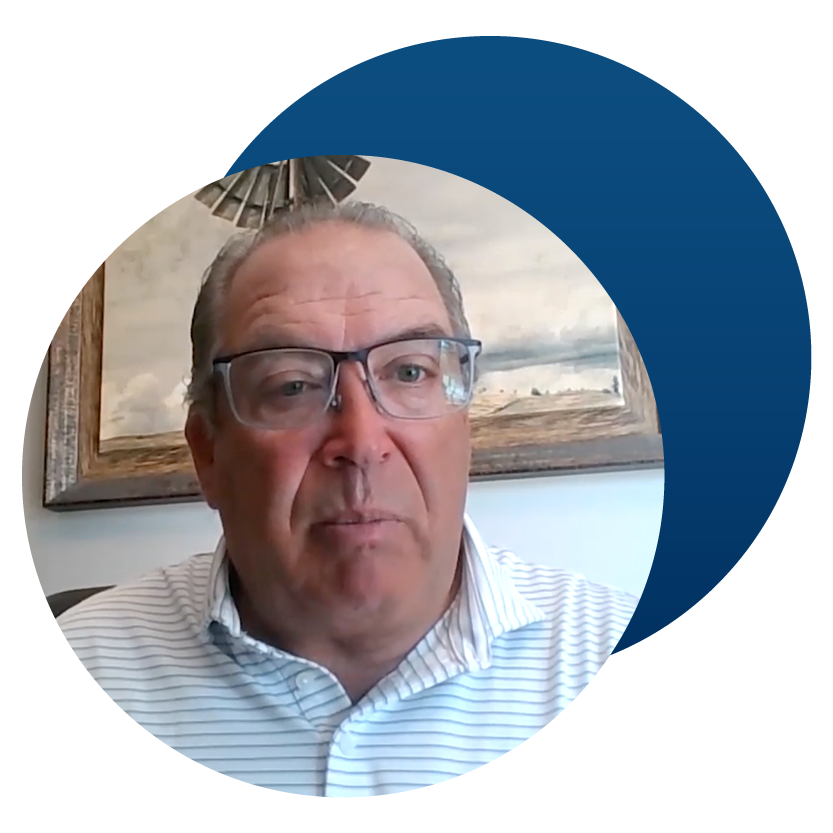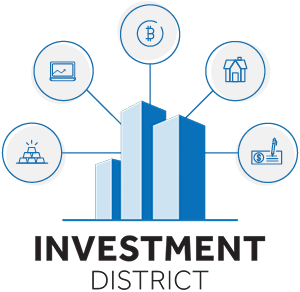After watching about 40 percent of his 401(k) disappear during the Great Recession of 2008, Mark of Ohio decided he couldn’t stomach any more. As the stock market continued its historic plummet, he knew there had to be a better way to save for his future – a way to have more control over the outcome.
Around this time, a friend opened Mark’s eyes to the fact that he didn’t need to rely solely on the stock market to grow his savings. He learned he could diversify into other assets – such as real estate – with a retirement account known as a self-directed IRA.
Mark, who worked in IT at the time, was already investing in real estate on the side, so holding properties in his IRA seemed like a natural fit. He wasted no time: he opened his Equity Trust self-directed IRA in 2008 and got started.
Making improvements, providing jobs
Since 2008, Mark has used his IRA to fund buy-and-hold rentals as well as fix-and-flips. He pays for the properties in his IRAs completely from the retirement account, so all profits – either from the sale of a property or from monthly rental income – return to the IRA. He currently owns two single-family homes and one condo in his account, all producing rental income.
To attract quality tenants, Mark looks for investment homes in desirable neighborhoods. He seeks out properties in need of some work and rehabs them to be up to par with the rest of the houses on the street – something the tenants and neighbors welcome.
“I normally update the kitchen and bath, refinish the flooring, and paint every room,” he says, adding, “I’ll clean up the exterior as needed if it’s overgrown.”
Mark prides himself on his role as a housing provider.
“Every tenant is in need of a place to live, so I like that I provide that for them,” he says. “I tend to only increase the rent between tenants, which they seem to appreciate.”
Because the properties are in his retirement account, he’s not permitted to perform any physical repairs himself, per IRS guidelines. For that he hires contractors, providing jobs and another small lift to the community.
Managing real estate in an IRA
Buying property with IRA funding is slightly different than if it was bought with non-IRA money. For one, the property is titled with the IRA – not the investor – as the owner. Although the purchase and sale process can be more complicated than many real estate investors are used to, Mark says it’s “worth it” to own the property in his tax-advantaged IRA and watch the profits build up his retirement account.
He simplifies the process by working with a title company that’s familiar with IRA-owned real estate. In addition, he uses the online account management system myEQUITY to easily pay bills and contractors from his account funds.
A lasting hedge against the unknown
The difference between his retirement account now and where it was in 2008 is stark.
“Since (self-directing my investments), my account only goes up each year,” he says.
But the benefits of Mark’s self-directed real estate investing go beyond restoring and growing his wealth.
“The self-directed IRA has been one of my best decisions in life,” he says. “It has made a huge difference in my stress level not having to worry about the stock market or mutual funds.”
Several years ago, Mark switched gears to focus on real estate investing full-time. His long-term goal for his self-directed investing is to keep the three rentals and use the income to supplement his other retirement income.
“The hope is that I will withdraw less income each year than (my investments) generate so my account never runs out,” he says, adding real estate provides him with a hard asset to hedge against any potential negative economic events.
Beyond that, though, Mark hopes the benefits of the account extend further.
“It would be wonderful to leave (the IRA) to my kids.”



















